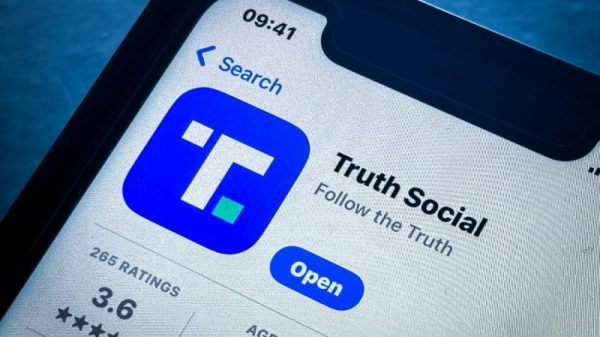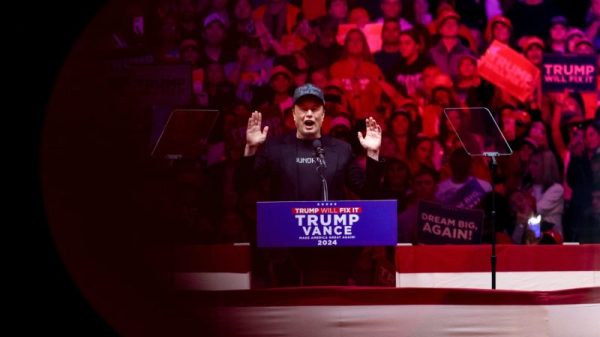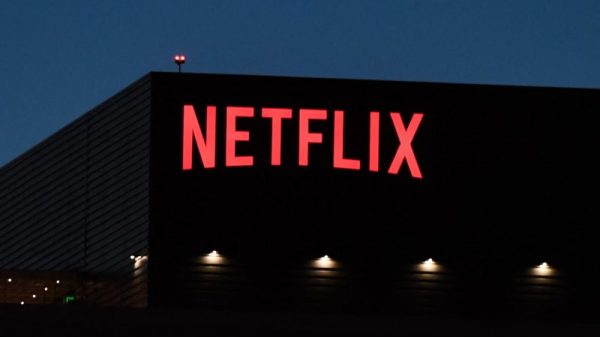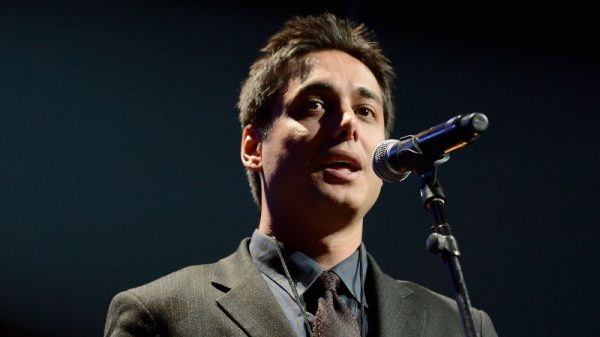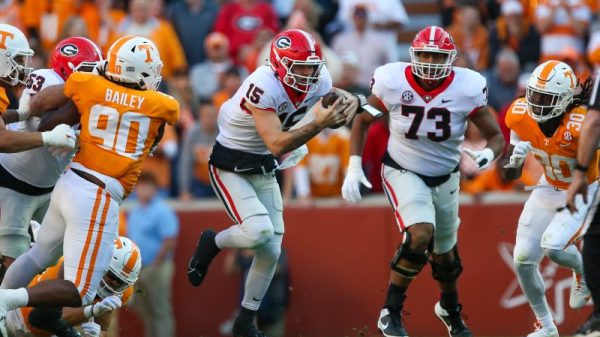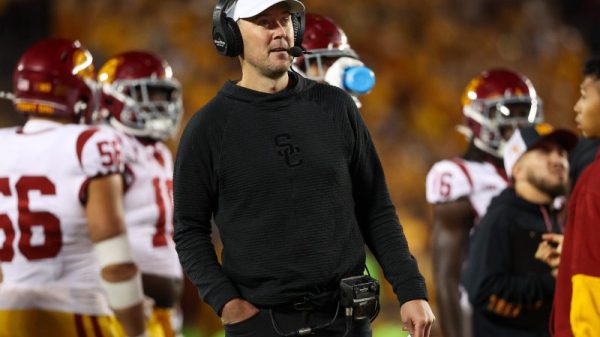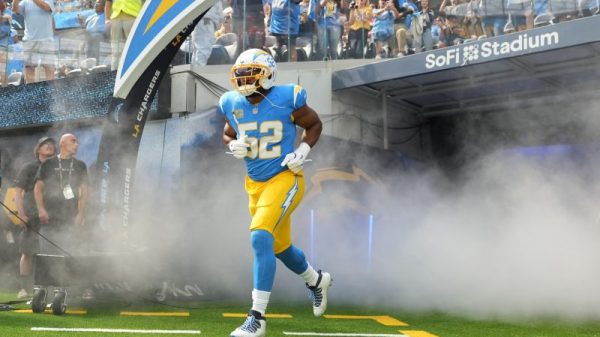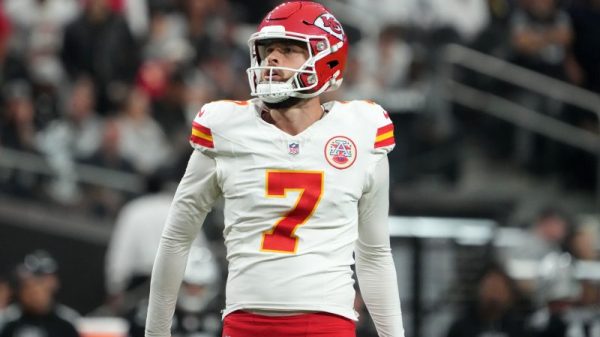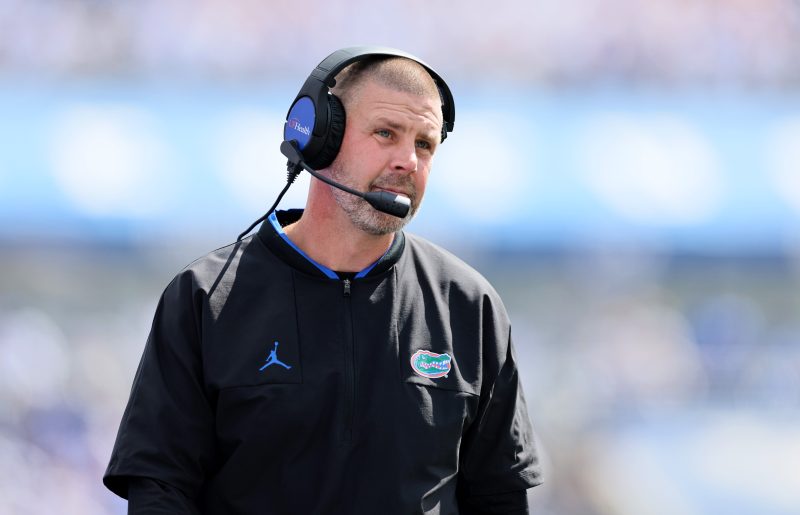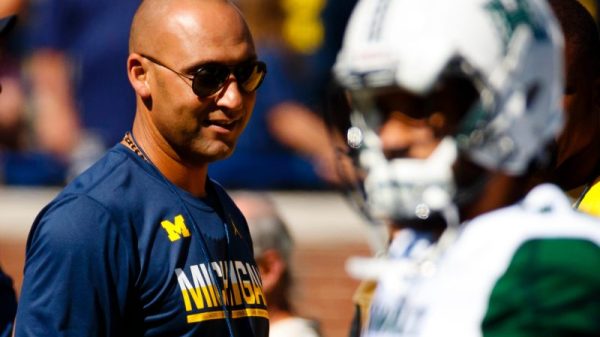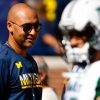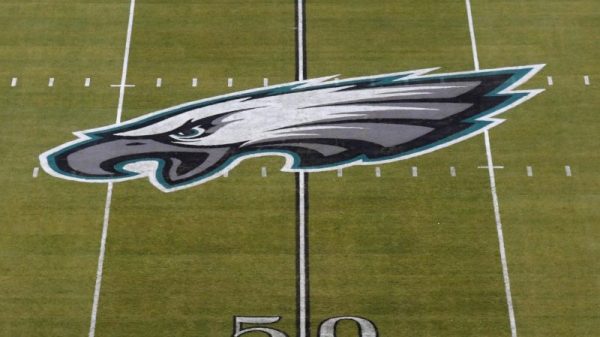Florida’s decision Thursday to give football coach Billy Napier one more year to turn things around regardless of how this season ends will not be a popular one among Gators fans. Not that social media is always an accurate reflection of popular sentiment, but the comments under athletics director Scott Stricklin’s announcement mostly ranged from hopeless to apoplectic.
Though Stricklin’s statement was boilerplate pablum —he didn’t offer much of a rationale for keeping Napier — there’s a way to interpret this decision that might signal a big philosophical shift in college athletics.
Are the days of the reflexive firing over?
Though he didn’t coin the phrase, it was ironically another Florida athletics director, Jeremy Foley, whose legacy is often associated with the notion that “What must be done eventually must be done immediately.” Foley used those words in 2003 when he ousted Ron Zook from the job after three seasons, which at the time seemed like a radically short window for a football coach to put his stamp on the program.
But when an entire industry took that maxim to heart, it became standard practice in administrative decision-making and fan base psychology: If you don’t get it done in the first two or three years, you’re probably never going to get it done.
WEEKEND FORECAST: SEC clashes lead Week 11 picks for every Top 25 matchup
BUCKLE UP: Bumpy road to College Football Playoff starts with Week 11 games
By the standard that has been applied to most coaches since then, Napier should probably be living the buyout life already. His record is a disappointing 15-18 through nearly three seasons with just two victories against Top 25 teams. If you really squint, you can see hints of progress the last few weeks. But nothing about Napier’s job performance has met Florida’s expectations or signaled that he’ll be competing for SEC championships anytime soon.
The easy explanation for Florida giving Napier one more shot is money, as he’d be owed $26.7 million if fired at the end of this season. But that probably isn’t the full story. Florida is a big, rich SEC school that has paid big buyouts before and will pay them again. If Texas A&M could come up with $75 million to cut ties with Jimbo Fisher last year, Florida could undoubtedly make the math work on $26.7 million if it really wanted to.
It’s also possible Stricklin’s decision is strategically self-serving. After hiring, then firing Dan Mullen, a decisive miss on a second football coach would probably be the end of Stricklin’s tenure as well. But Florida doesn’t have a permanent president at the moment and isn’t in great position to make an athletics director change. If Napier can take advantage of this opportunity, Stricklin may go from the chopping block to a contract extension under a new president.
But there are other factors here that aren’t unique to Florida and that administrators across the country are grappling with right now as they assess the new landscape of college sports.
When the hire-and-discard cycle was at its peak, athletics directors only needed to assess two factors: How much it would cost and what level of coach they could reasonably hire.
That’s no longer the reality of a coaching change. Given the potential roster disruption, the sport’s ridiculous December calendar and the transactional nature of relationships now between athletes and schools, the return on investment of a new coach is almost impossible to calculate.
Let’s pretend that Stricklin had made the opposite announcement Thursday and that he was immediately commencing a search for Napier’s replacement. Here’s what would happen:
Stricklin would spend the next month talking to agents and search firms trying to get a sense of who might be interested in the job so that he could have a new coach ready to go as soon as possible.
The timing is crucial because the transfer portal for football will open on Dec. 9 and close on Dec. 28. During that period of time, a significant number of Florida players will be out the door no matter what. If you don’t give a new coach enough time in the portal to restock the roster, you’re pretty much dooming him to failure in Year 1.
However, because of the College Football Playoff’s expansion to 12 teams and the large number of teams in the mix all the way through conference championship weekend, locking up the coach you want in the first week of December might be more complicated than normal. What if you’re targeting someone who isn’t available until after the first round of playoff games on Dec. 20 and 21? If you’re really swinging for the fences — which is, after all, what they expect at Florida — it might be impractical to wait that long.
And then there’s the final piece of the puzzle, which may turn out to be the most important. Once the House vs. NCAA settlement goes into effect, schools will be able to directly compensate athletes and have defined budgets that will be allocated for player acquisition. Though the details aren’t totally clear, it is inevitably going to shake up the balance of skills necessary for a coach to succeed. In addition to game day decision-making, preparation, talent development and assessing talent in the transfer portal, allocating a set pool of resources to build a roster is going to be a major part of the job. As with any disruption we’ve seen in college sports recently, some will handle it well and others will struggle. But without seeing the revenue sharing model in practice, an athletics director would be flying blind trying to evaluate how well job candidates might perform in that environment.
When you add it all up, you can at least understand why a school like Florida would be more cautious about making a change now than a few years ago. It wouldn’t be a huge surprise either if, going forward, some schools made a conscious decision to first try and rehabilitate a struggling coach by throwing more money at the player side of the problem rather than going straight to a buyout that will cost tens of millions.
It’s a more economical approach, it’s less disruptive and mitigates some risk of a new coach not having enough time to upgrade the roster right away and getting stuck with an even worse team in Year 1 than what the old coach would have had.
Maybe it won’t work and we’ll be back here in a year saying that Florida should have gone ahead and made the change. Had Foley held onto Zook one more year, he’d have missed out on hiring Urban Meyer and winning a couple national championships.
But we’re not living in Foley’s world anymore. Fans might thirst for change, but firing a coach these days presents a cascading set of issues that can’t be waved away as easily as they were a few years ago.
Stricklin might not be right in his evaluation that Napier needs more time and more help to acquire players that can improve the results, but he is being practical.
At a time of great uncertainty in the economics of college football, don’t be surprised if other schools come to the same conclusion.


